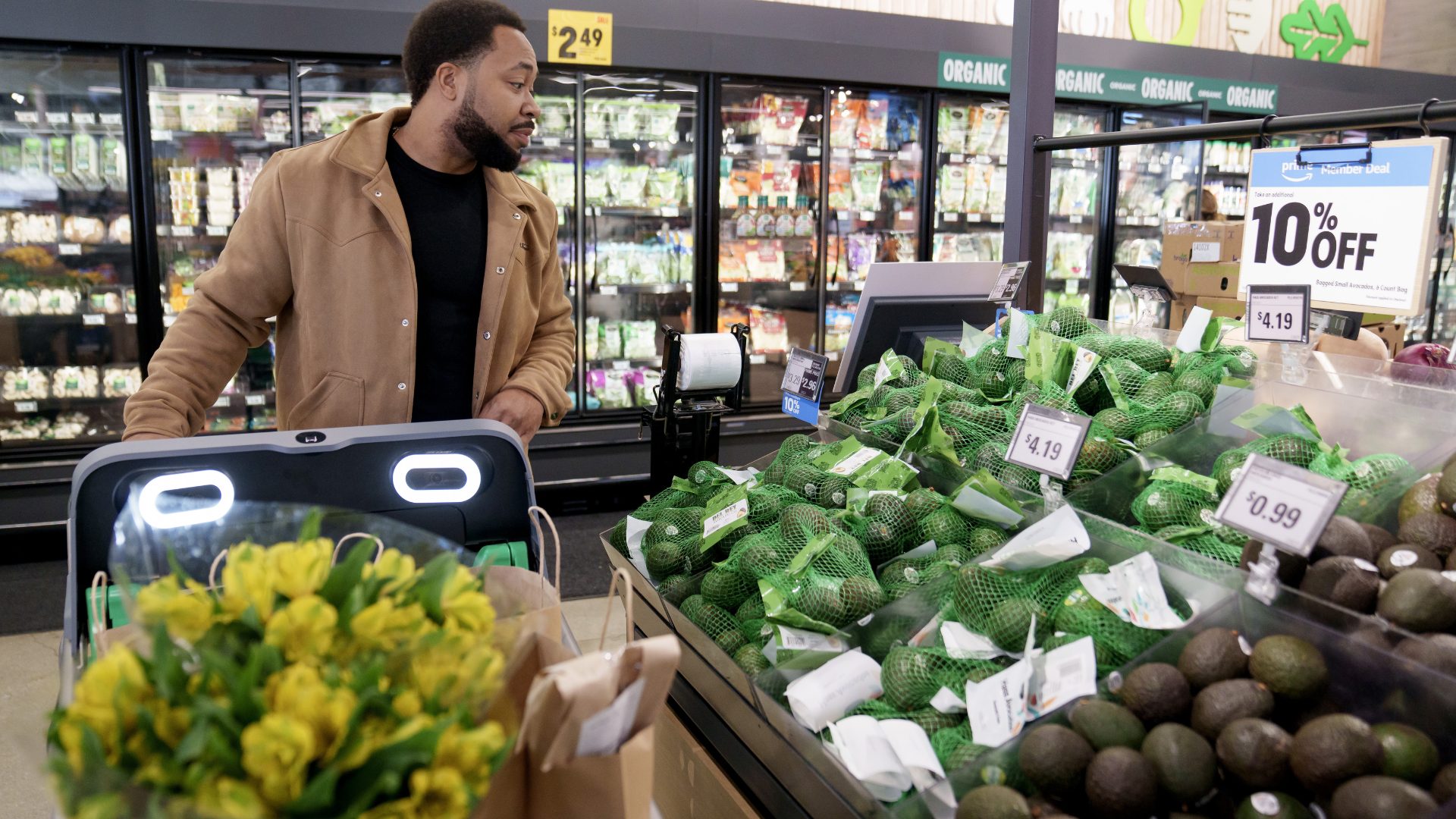Independent grocers now account for 33% of total U.S. grocery sales, according to a new research from the National Grocers Association (NGA).
The independent sector, which includes 21,574 stores nationwide, contributes more than $255 billion to the economy and generates over 2 million jobs, both directly and indirectly.
“The continued strength and growth of the independent supermarket industry shows consumers are supporting local, community grocers who continue to innovate and bring value to the communities they serve,” said NGA President and CEO Greg Ferrara.
What type of grocery store do you prefer shopping at?
— The Food Institute (@FoodInstitute) June 17, 2021
Growth & Drivers
According to NGA, independent grocery sales increased 25% compared to a decade ago and rose 48.3% — from $131 billion to $253.6 billion — between 2012 and 2020. During that same period, overall U.S. grocery store sales increased by $248 billion.
E-commerce is a key sales driver in the sector, as independent grocers have invested more in their online shopping platforms, particularly to accept Supplemental Nutrition Assistance Program (SNAP) benefits. These investments gave independents an edge during the pandemic, noted NGA.
Employment Accessibility
Independent community grocers are directly responsible for more than 1.1 million jobs, while wholesalers serving the grocers provide an additional 44,000 jobs. The sector is also responsible for almost 860,000 associated jobs across industries including construction, wholesaling, and retailing, reported NGA.
In 2020, SNAP was responsible for nearly 200,000 U.S. grocery industry jobs, earning wages totaling more than $6.7 billion. Furthermore, SNAP drove job growth of nearly 45,000 jobs in supporting industries, including agriculture, manufacturing, transportation, and municipal services, according to the report.
Ongoing Challenges
Despite significant growth over the past decade, independent grocers lost ground in many rural and urban areas where food deserts exist. According to the USDA, approximately 19 million Americans live in food deserts.
The report notes that these challenges are largely due to competitive disadvantages in the marketplace that favor big-box retailers and dollar stores.
“NGA is working to reverse this trend through a comprehensive antitrust advocacy approach that would rein in growing power-buyer influence and encourage grocery investment in disadvantaged communities,” said Ferrera.











